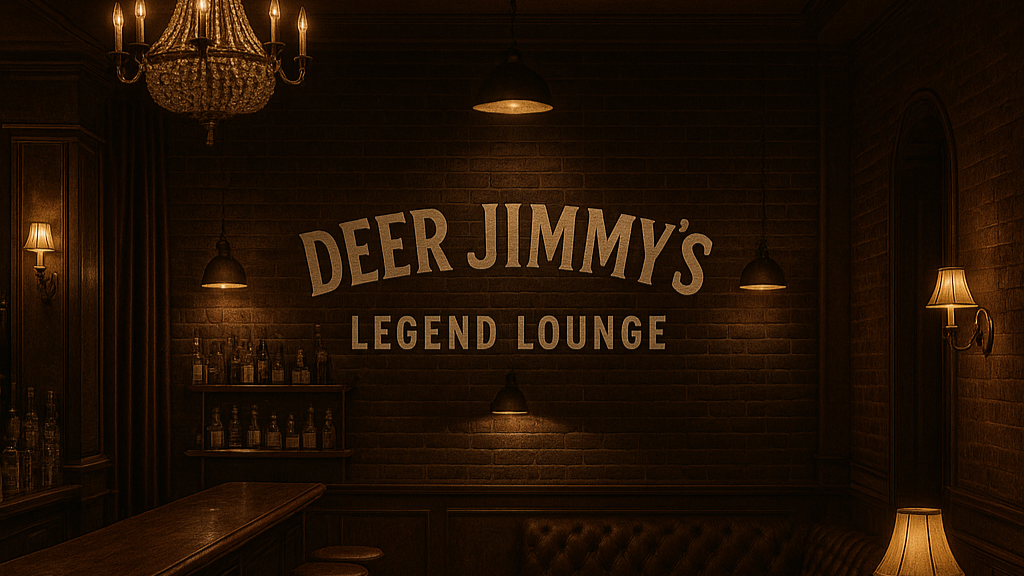Können Sie aromatisierten Wodka oder Liköre verwenden? (Kurze Antwort: Nicht)
Es klingt lustig – bis es das nicht mehr ist
Wir verstehen die Idee. Sie starren auf eine Flasche Vanillewodka oder gesalzenen Karamelllikör und denken: Was, wenn ich ihn reifen lasse und noch besser mache? Aber die Sache ist die: Aromatisierte Spirituosen sind bereits aufgepeppt. Sie wurden gesüßt, weicher gemacht, parfümiert. Das in eine Deer Jimmy's®-Flasche zu schütten, ist, als würde man Eau de Cologne auf gealtertes Leder auftragen. Zu viel. Zu künstlich. Zu spät.
Beim DIY-Aging geht es um rohes Potenzial
Wenn Sie einen klaren, neutralen Spiritus wie Wodka, Tequila oder jungen Genever verwenden, beginnen Sie mit einer leeren Leinwand. Das macht die Reifung aus. Das Holz bringt den Charakter. Der Spirit nimmt ihn auf. Es ist ein Dialog. Aromatisierte Spirituosen? Die schreien schon. Und die Eiche hat keinen Raum zum Sprechen.
Zucker ist der Feind des Gleichgewichts
Die meisten Liköre und aromatisierten Wodkas enthalten viel Zucker – selbst die, die nicht so süß schmecken. Dieser Zucker beeinträchtigt die Extraktion. Er überzieht die Eiche, verlangsamt den Prozess und bringt oft die falschen Noten hervor. Statt warmer Vanille oder sanfter Gewürze erhalten Sie eine sirupartige Bitterkeit oder einen künstlichen Beigeschmack. Nicht gerade das legendäre Geschmacksprofil, das Sie sich erhofft haben.
Man kann nicht altern, was bereits verdeckt ist
Die Fassreifung in Eigenleistung funktioniert, weil Sie Schichten aufbauen – langsam, natürlich, von innen nach außen. Wenn Sie mit etwas beginnen, das bereits voller Zusatzstoffe, Farbstoffe oder synthetischer Aromen ist, bauen Sie nichts auf. Sie vergraben es. Und keine Menge Eiche kann einen Spirit retten, der sich anfangs zu sehr angestrengt hat.
Reduzieren Sie es. Behalten Sie es rein.
Wenn Sie experimentieren möchten, tun Sie es richtig. Beginnen Sie mit etwas Reinem. Lassen Sie die Eiche sprechen. Wenn Sie Vanille möchten? Verwenden Sie Bourbonholz. Wenn Sie Frucht möchten? Nehmen Sie Calvados oder Cognac-Chips. Aber schütten Sie kein künstliches Aroma ins Fass und erwarten Sie echte Magie. Das ist kein DIY. Das ist nur Verwirrung in der Flasche.









